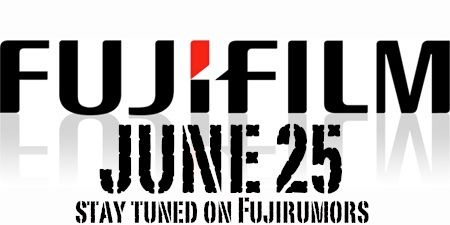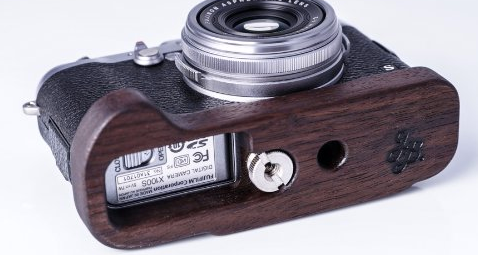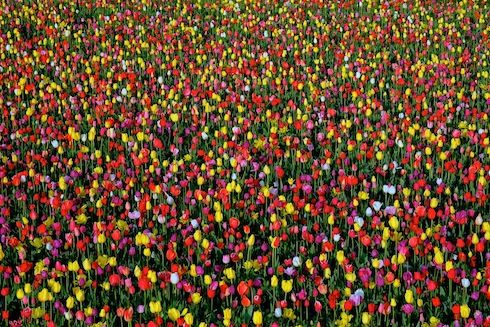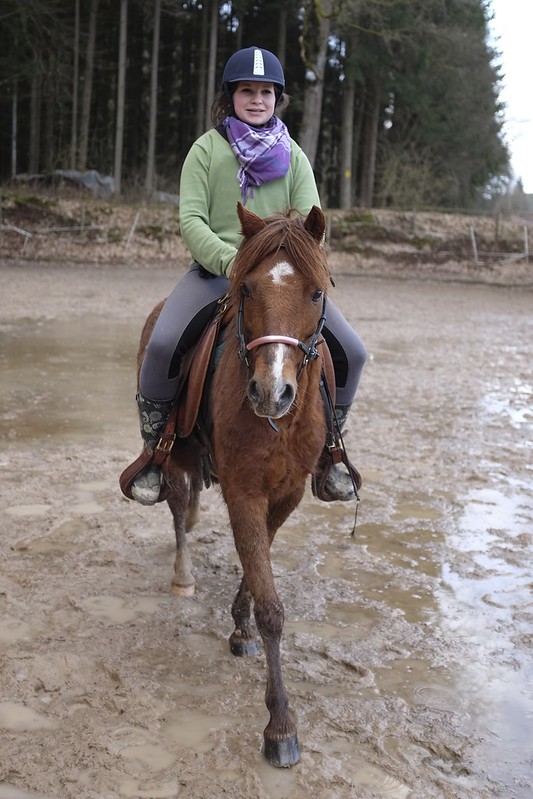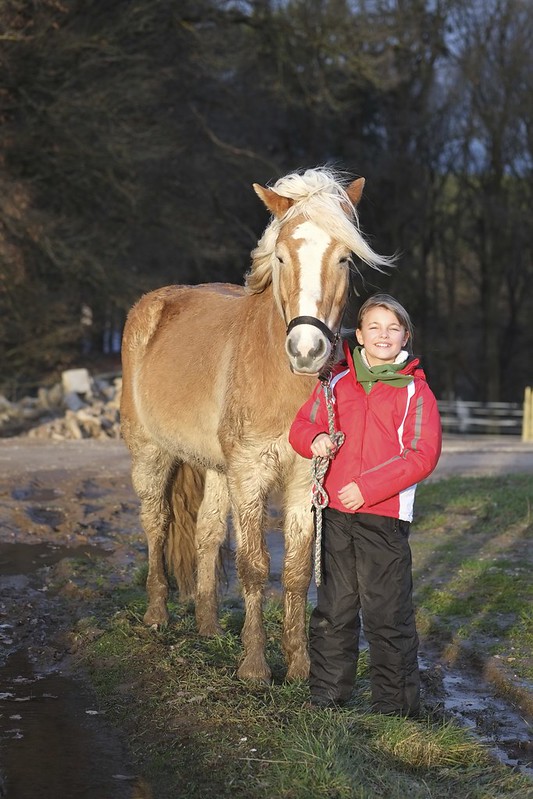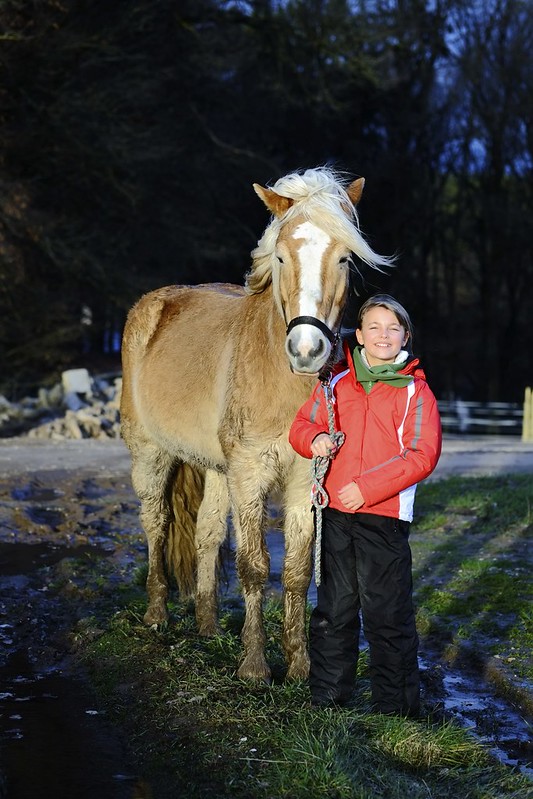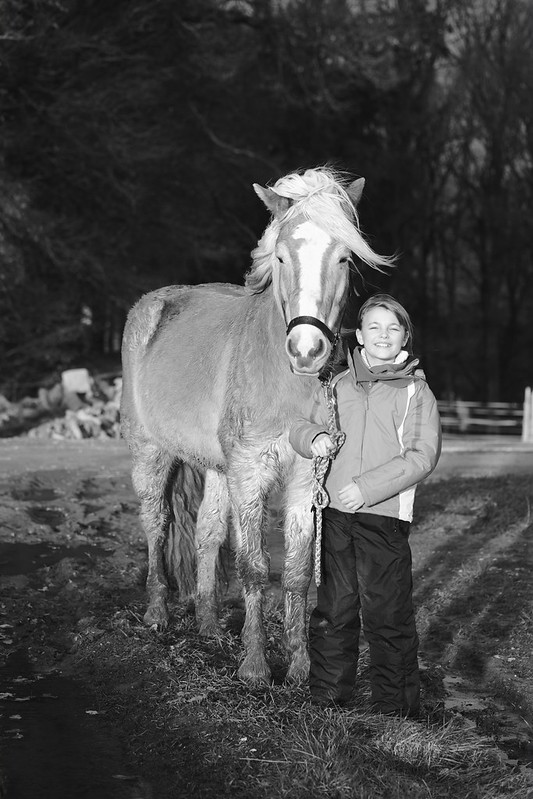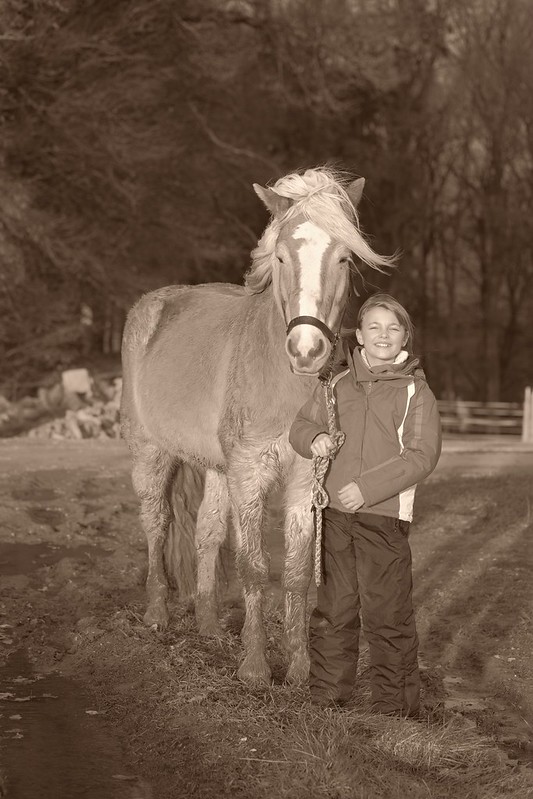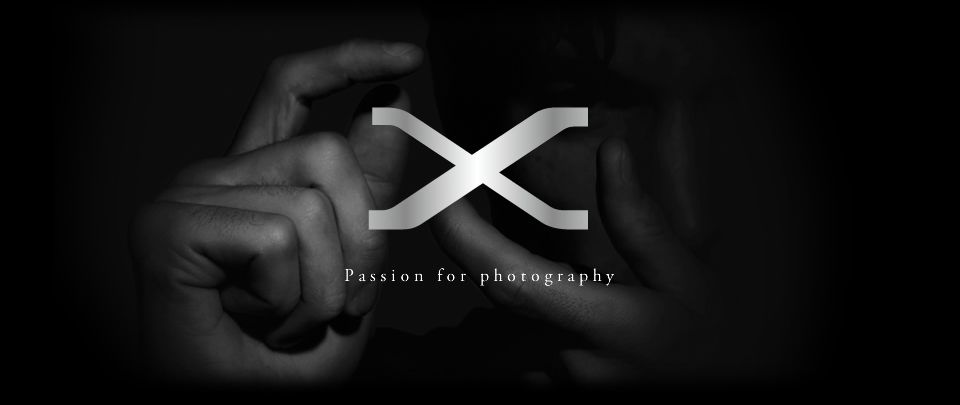Leica X Vario vs Fuji X-E1 (before and after Iridient) or how a software can “turn a decent camera into a pretty special one”
Before we start, I’d like to say HAPPY BRITHDAY to Iridient (launched exactly 9 years ago). I’ve contacted Brian yesterday for the first time, asking him if there will be a Windows version of his software. He answered immediatly: “[…] I have nothing at all against Windows, but it’s unlikely there will be a port of Iridient Developer to Windows. […] That said I have had discussions in the past and will likely have more in the future regarding opportunities for someone else do a Windows version, but so far nothing concrete has come to pass.“
_ _ _
Do you remember this post, where thevisualexperience explained why DPreview may be sometimes wrong when they jugde the IQ of cameras? He suggested them to use Iridient Developer to process the X-Trans files. The results with this Mac-only software are, according to him, much better than those of Adobe.
Now, here is another example. Soundimageplus compared the [shoplink 13668]Leica X Vario[/shoplink] with the [shoplink 12881]X-E1[/shoplink]. Which APS-C camera deliveres the best IQ? This was his answer before using Iridient:
BEFORE IRIDIENT
“So having consistently described the Fuji X-Trans sensor as the best image quality, taking everything into consideration (raw, jpgs, high ISO, sharpness, colour etc.) that I’ve ever used, it seems I’m now going to have to change that. The Leica X Vario now officially, here at Planet Soundimageplus at least, is the producer of the best IQ overall, that I have ever seen in a camera I own. Its taken me pretty much all day to come to that conclusion, but its been an enjoyable and informative process.”
But then he tried to process the X-E1 RAW images with Iridient and changed his opinion. He is sure that you’ll be impressed by the files that the X-Trans sensor can produce… Read the second post of soundimageplus here:
AFTER IRIDIENT
“I don’t really know what a ‘demosiacing algorithm’ is but I know what I see with my eyes. Unlike all other software conversions for the Fuji X files, there is no ‘foliage mush’ ‘smearing’ or ‘watercolour effect’ present in the converted files. The files are crisp and sharp, even without any added sharpening in the software. […] The conversions are so good that I’m able to upsize them quite dramatically to 24MP and 36MP in Photoshop, using the new resize option, with very little loss of detail. In fact the 24MP upsized files I’m producing look virtually identical to my Nikon D7100 files. […] So for me this takes my X-E1 into another league. It is pretty much like I suddenly have a new camera. In terms of image quality, I thought that my X Vario just shaded the X-E1, but now I’m not so sure.
So a £60 software programme turns a decent camera into a pretty special one and I’m going to be using the X-E1 a lot over the next few days to shoot some new images knowing that I’m going to get some pretty impressive files.”
enjoy your day
Patrick


